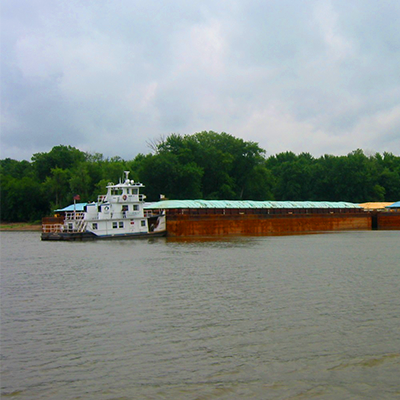AGING SYSTEM PUTS US AT RISK
Much of the initial construction on locks and dams was completed in the 1930s, meaning the system has far outlived its intended 50-year engineering, construction and design life span. The U.S. Army Corps of Engineers is responsible for maintaining the system, but its budget has not been funded at a level that keeps up with necessary maintenance and rehabilitation.
FIX-AS-FAIL STRATEGY
Currently, the system is operated as a “fix-as-fail” strategy, meaning repairs only happen when something breaks or fails. These repairs may take days, weeks or months to occur. Shippers and carriers do not receive advance warning of closings, which can have significant financial repercussions for the entire chain – all the way to consumers.
Maintenance is often put on hold, putting the system at risk. The resulting unscheduled closings and other service disruptions create logistical challenges in the transportation chain, increasing the difficulty of getting soybeans and other commodities to customers on schedule.
WE NEED TO ACT NOW
The longer that individuals, organizations and companies who depend on the Waterways to facilitate business wait for support and action, the higher the ultimate costs will be to repair and rehabilitate the system. The lack of federal funding means the cost of deferred maintenance on the Illinois Waterway alone was nearly $600 million, according to the U.S. Army Corps of Engineers analysis completed in March 2015.1
1 U.S. Army Corps of Engineers, March 2015.
